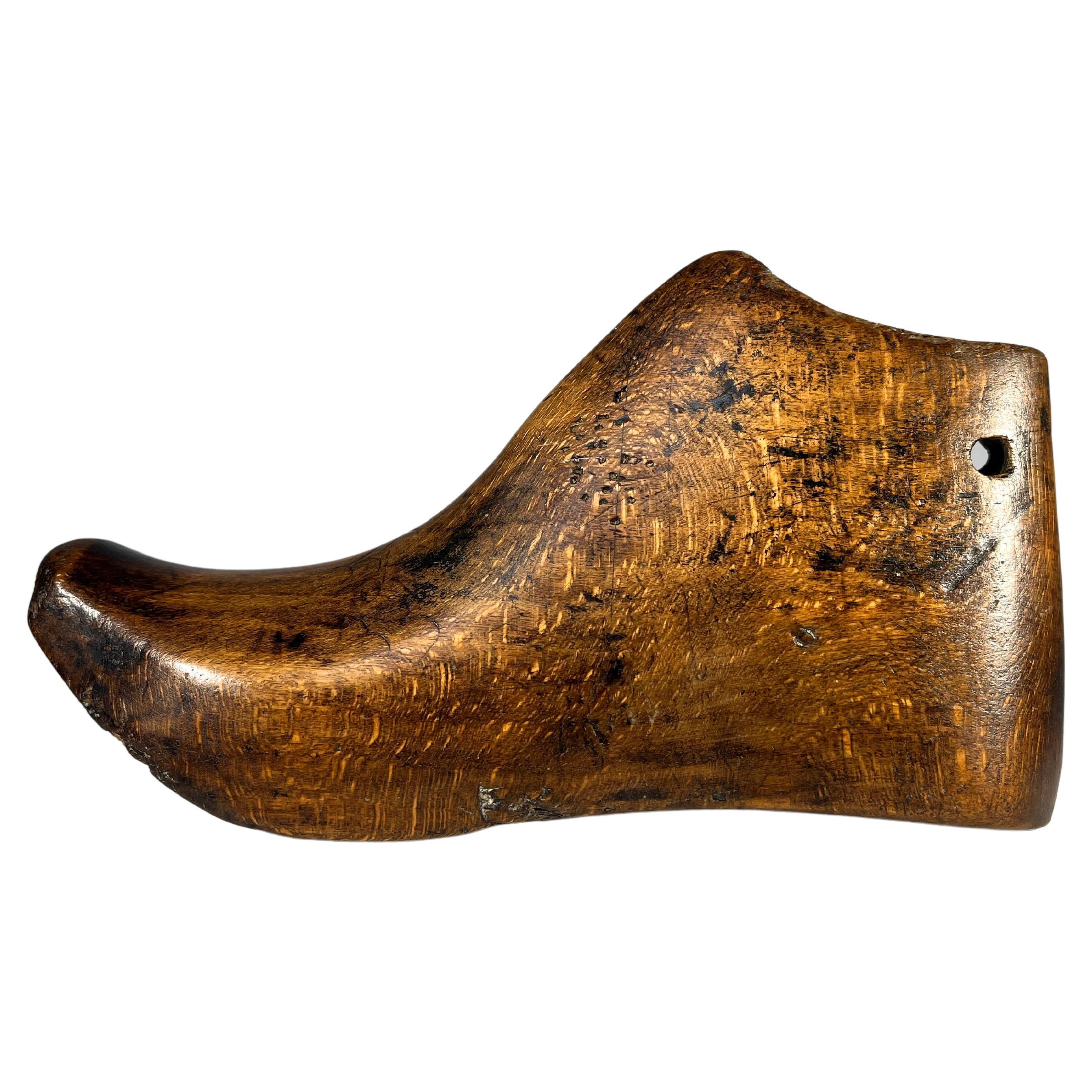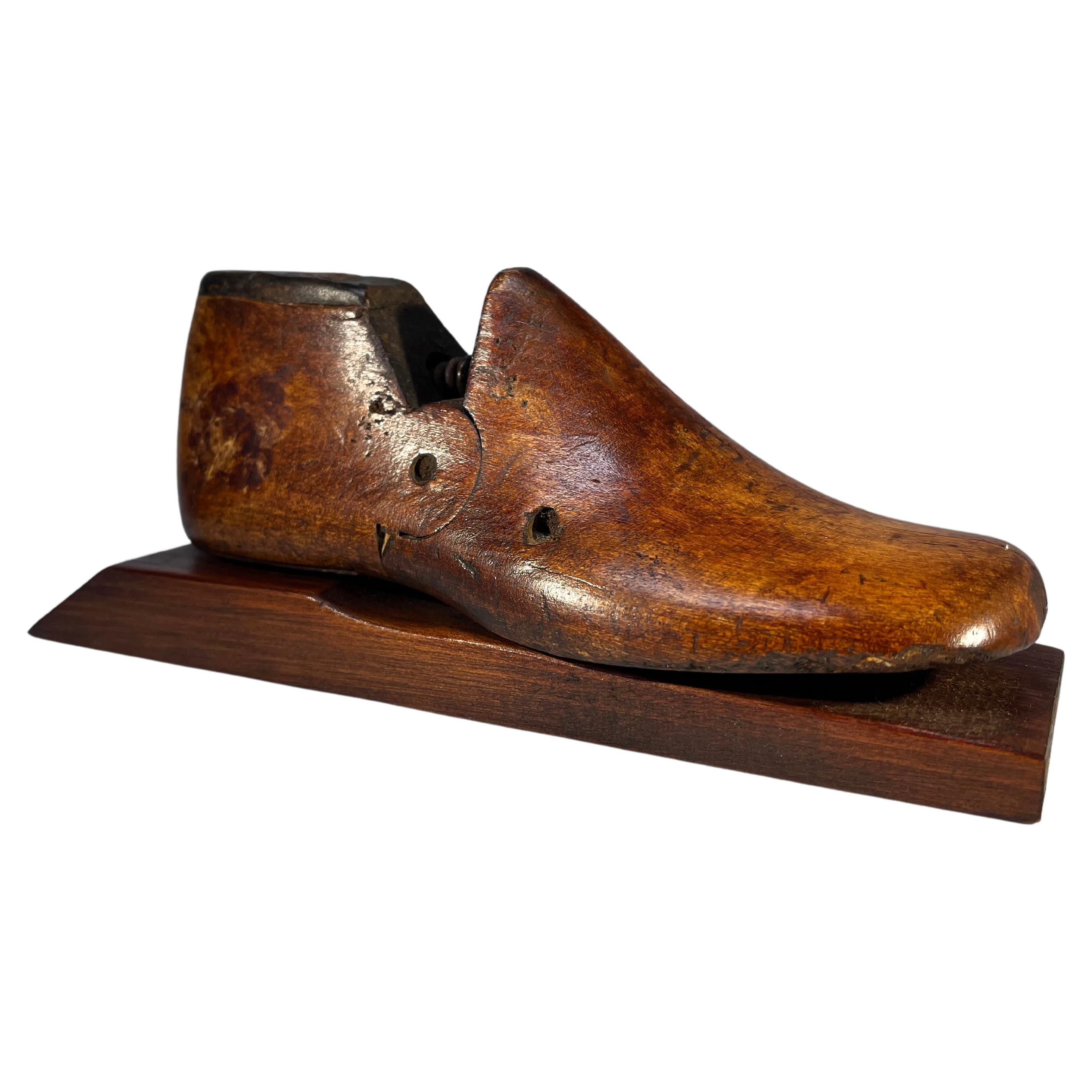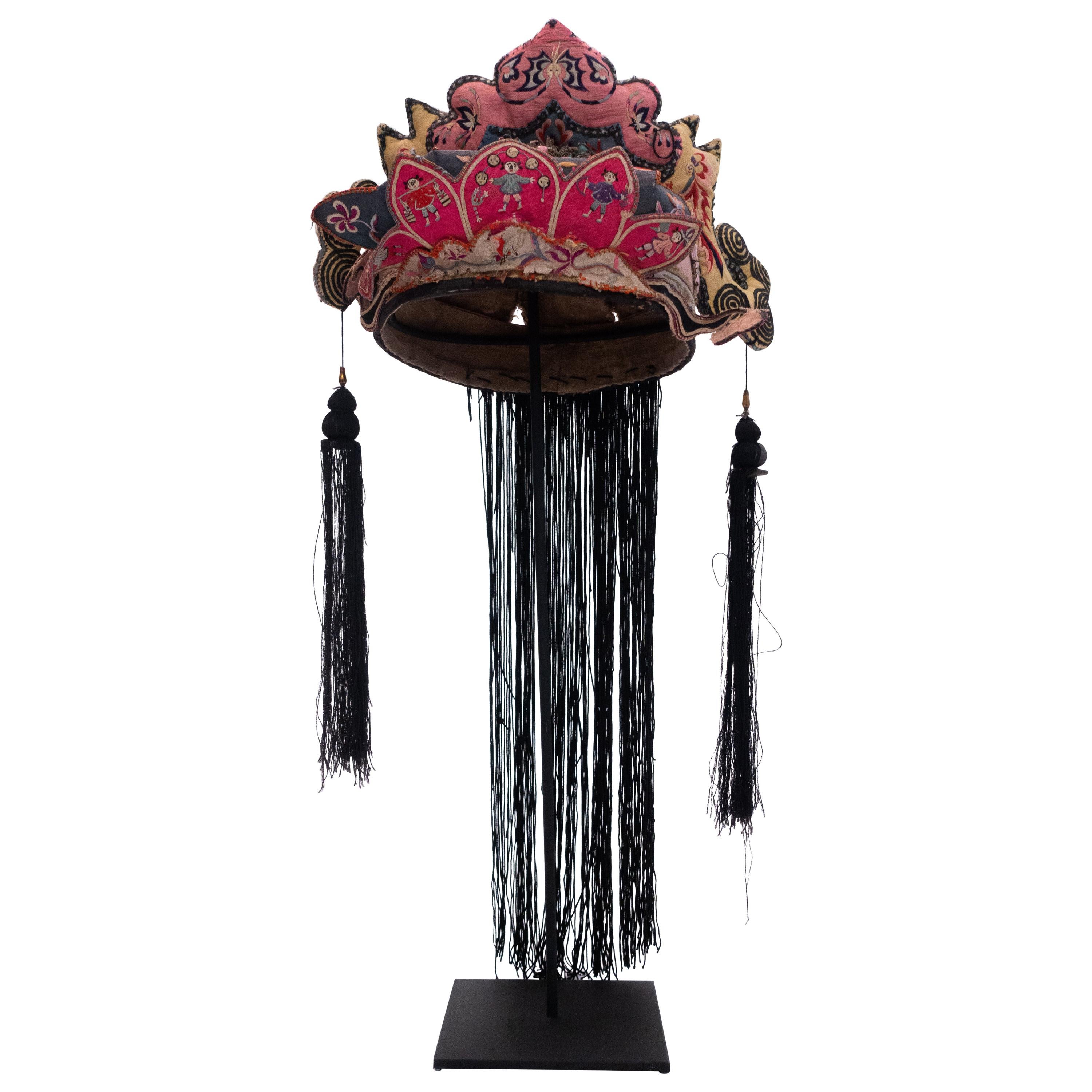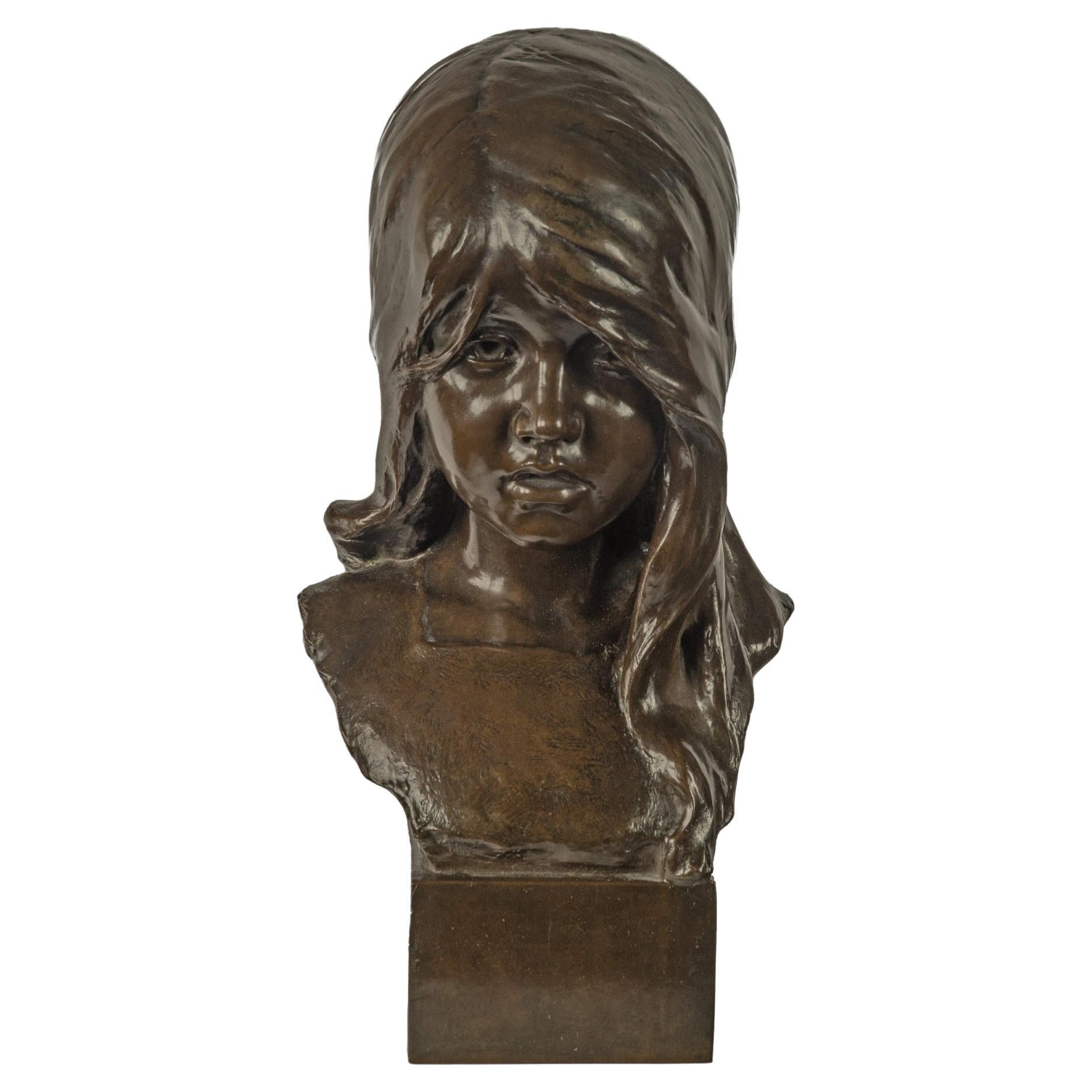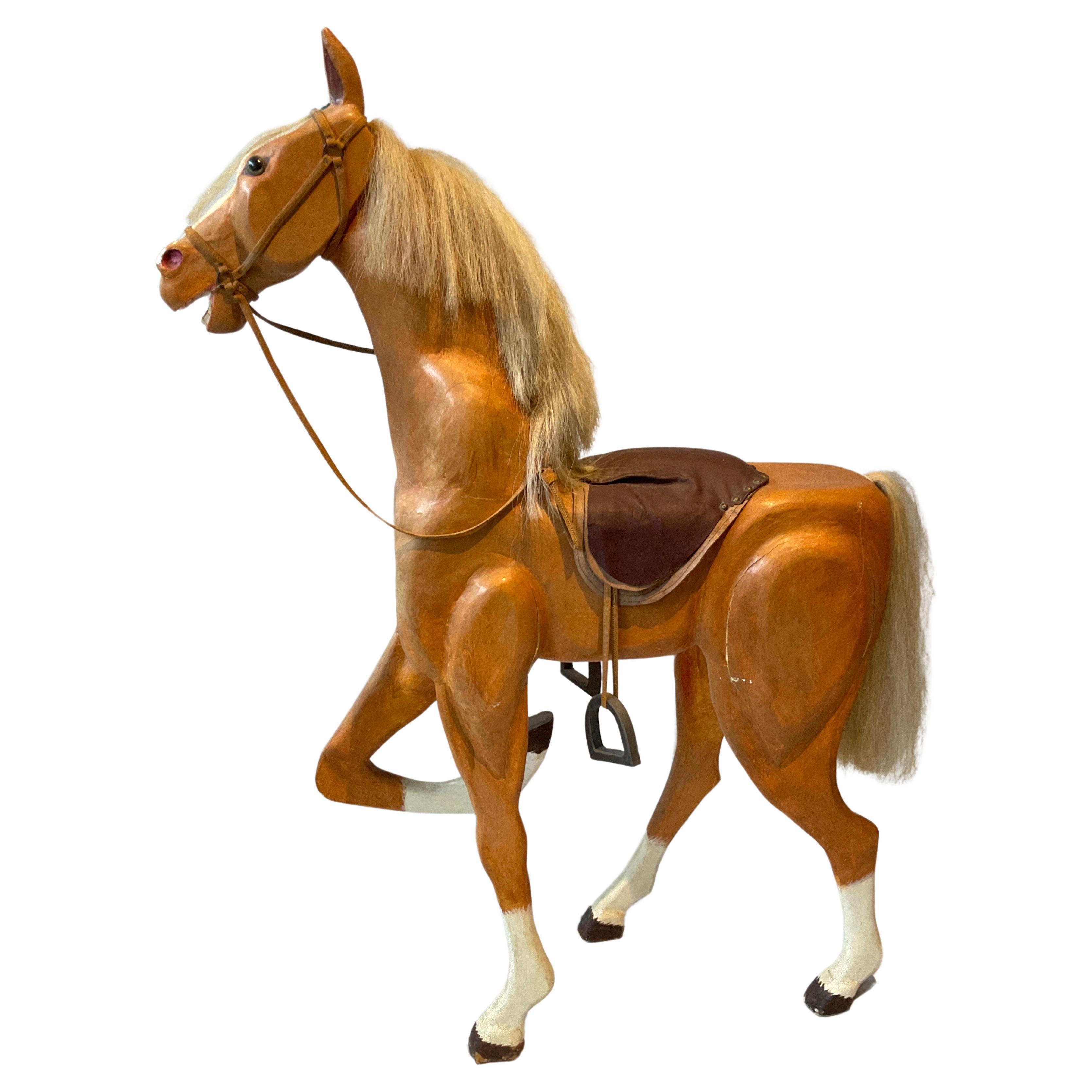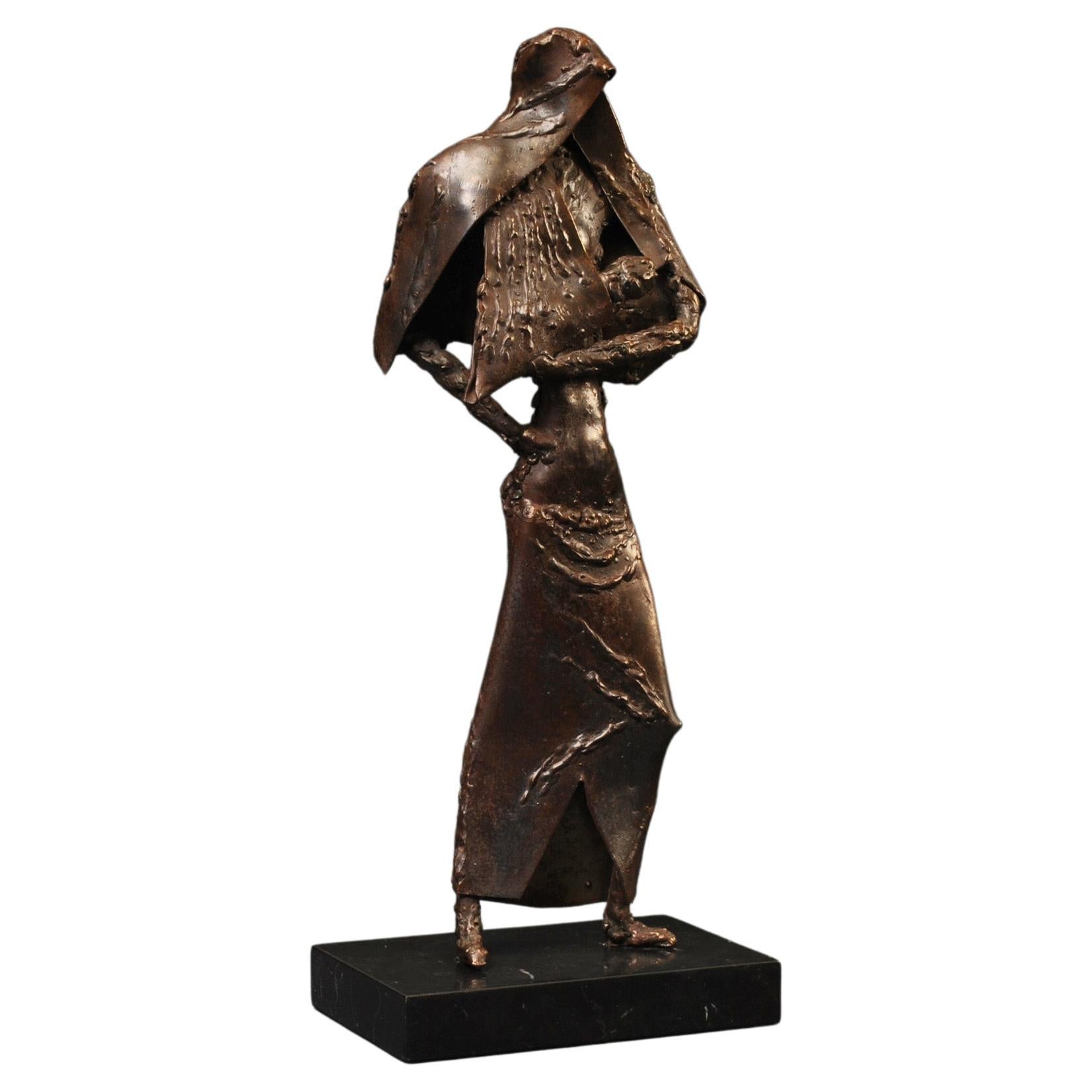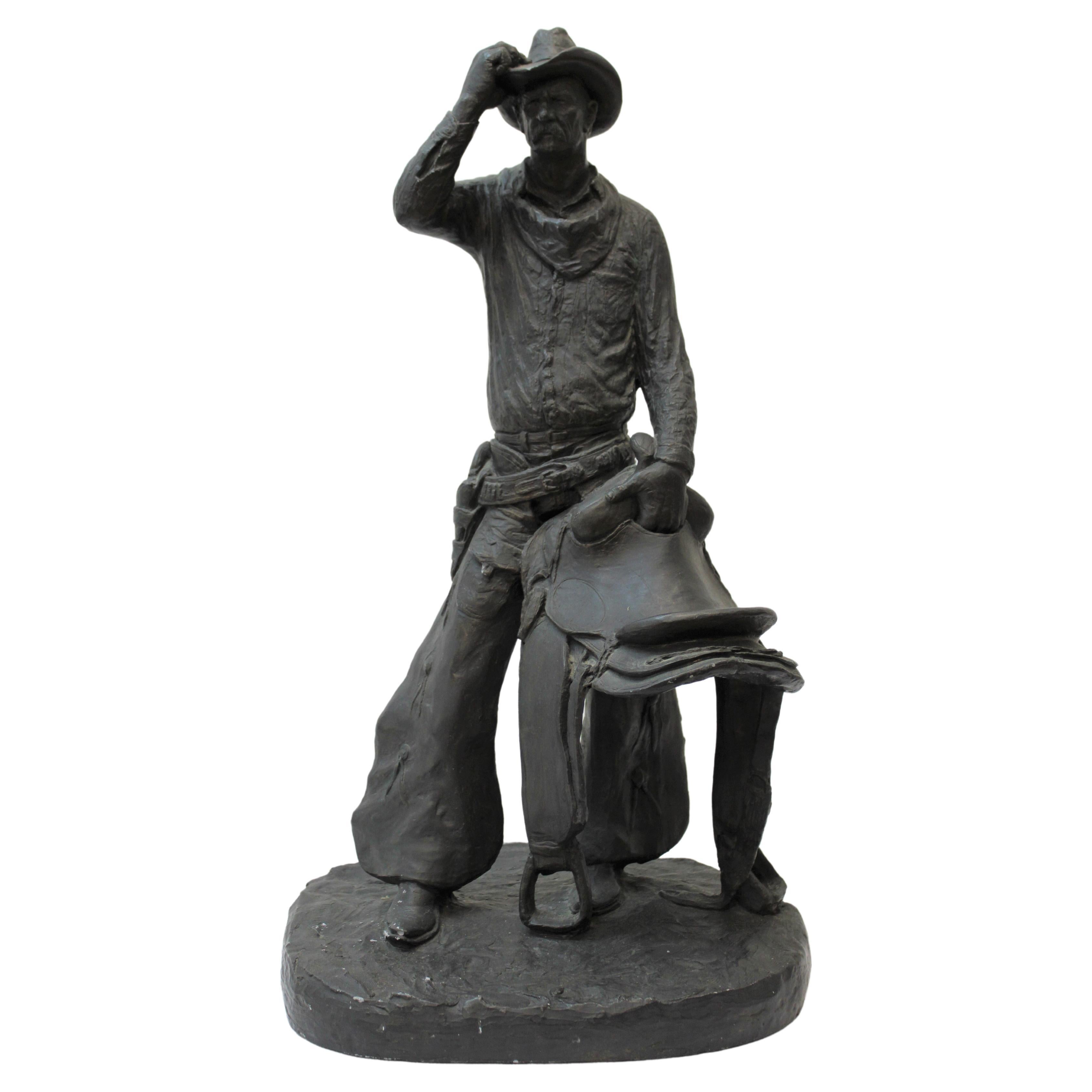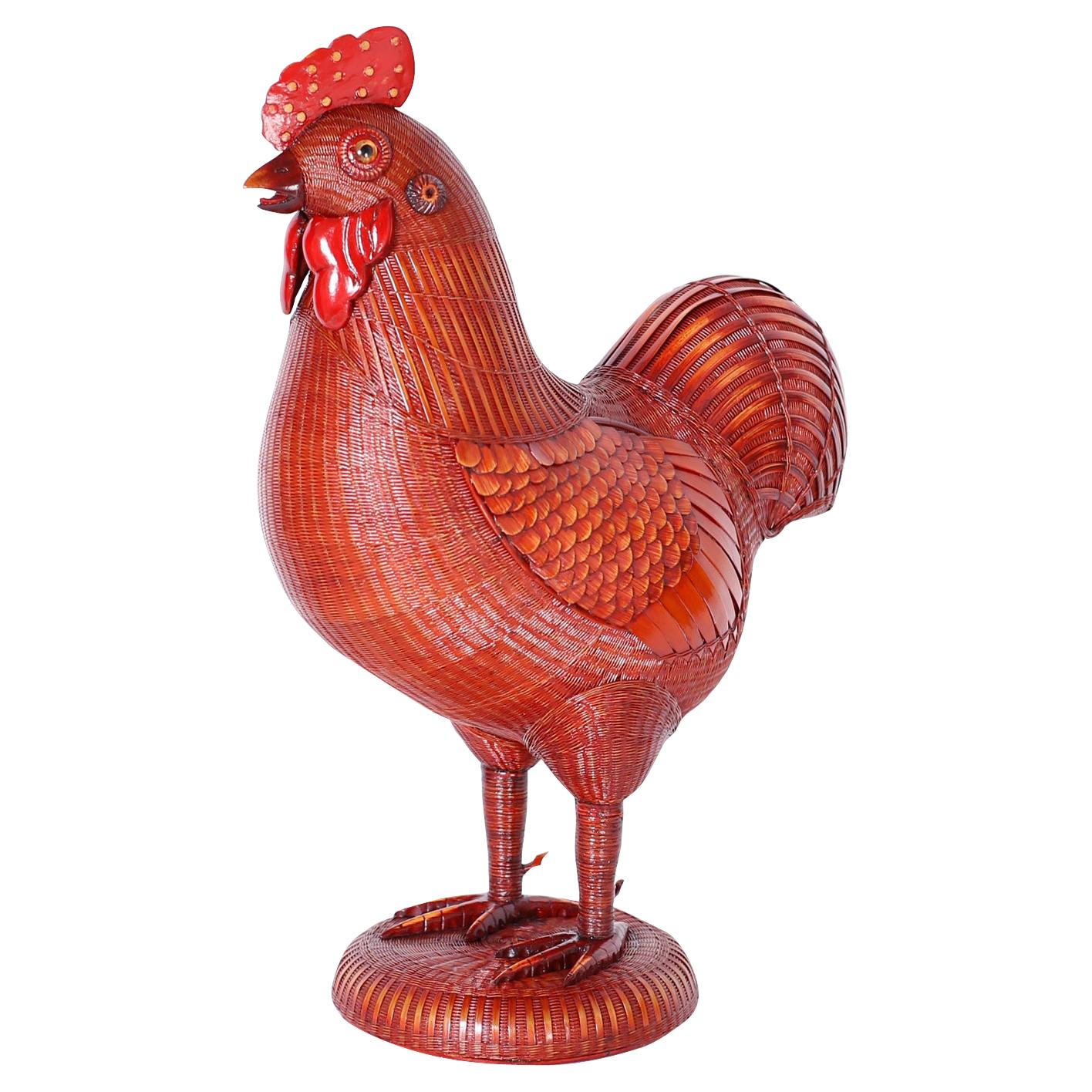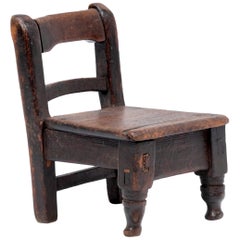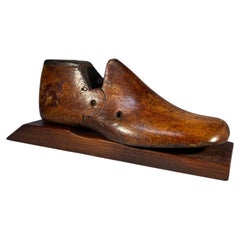
Child's Wicker Pony Saddle
View Similar Items
1 of 10
Child's Wicker Pony Saddle
About the Item
- Dimensions:Height: 20 in (50.8 cm)Width: 26 in (66.04 cm)Depth: 14 in (35.56 cm)
- Materials and Techniques:
- Place of Origin:
- Period:
- Date of Manufacture:Victorian
- Condition:Some wear.
- Seller Location:Dallas, TX
- Reference Number:Seller: 63151stDibs: 1106088927145
You May Also Like
- Guatemalan Child's Chair, c. 1900Located in Chicago, ILCrafted in the early 20th century, this petite Guatemalan children's chair charms with its playful asymmetry and richly textured surface. Influenced by Spanish Colonial furniture design, the angular chair has a slatted back and tapered seat resting on square legs. We love this diminutive chair...Category
Early 20th Century Guatemalan Rustic Children's Furniture
MaterialsWood
- Guatemalan Child's Chair, circa 1900Located in Chicago, ILCrafted in the early 20th century, this petite Guatemalan children's chair charms with its playful asymmetry and richly textured surface. Influenced by Spanish Colonial furniture design, the chair has a slatted back and square seat resting on two short, hand-turned legs. The low seat is the perfect height for a youngster, but we love this petite chair as a low side table or tabletop display Stand...Category
Early 20th Century Guatemalan Rustic Figurative Sculptures
MaterialsWood
- Antique English Wooden Child's Shoe Last Size 8, England, 1940Located in Rothley, LeicestershireDelightful curiosity of a child's English wooden shoe mold size 8, mounted as a paperweight Wonderful aged scarring, a rich patina and form from a bygone era Circa mid 1900's Height ...Category
Mid-20th Century English Figurative Sculptures
MaterialsOak
- Antique Hand Embroidered Silk Miao Minority Tribe Child's HeaddressLocated in New York, NYHand embroidered silk Miao Minority tribe child's headdress with beads and tassels from the early 20th century on a custom black painted metal mount.Category
Vintage 1920s Chinese Qing Mounted Objects
MaterialsMetal
- Charming Bust of a Child’s Head by Edwin Whitney-Smith, Dated, 1910Located in Lymington, HampshireA charming bust of a child’s head by Edwin Whitney-Smith, dated 1910, the girl has her head slightly tilted forwards as she looks out from under a lock of hair, set on a square block signed on the reverse ‘E Whitney-Smith 1910’. This bronze is a reduction of Whitney-Smith’s original marble piece, a photograph of which survives in the V&A (object number AAD/1990/12/63). Another version can be seen in a 1920s photograph of the artist in his studio owned by the National Portrait Gallery (NPG x194201). Neither the identity of the sitter nor title of the work is known. Edwin Whitney-Smith (1880-1952) was one of the pre-eminent sculptors of his day. Born in Bristol in 1880, he became a student of William Harbutt, the headmaster of Bath School of Art, best remembered today for inventing plasticine. Whitney-Smith showed great promise from an early age, opening a studio in St John’s Wood, London, in 1910. He exhibited over 40 pieces at the Royal Academy and despite not achieving Academician status, even with list of illustrious proposers, he became a dear friend of Sir Alfred Munnings, the famous horse painter, and sculpted his portrait. He was, however, elected to the Royal Society of British Sculptors and his works were generally well-received by critics and the general public alike. Aside from the RA, he exhibited in Bristol, at the Paris Salon and the Scottish Academy and his work attracted the attention of such important patrons as the Courtauld family. One of his most famous works, The Waking Child, is in the Ferens Art Gallery in Hull and another, The Irishman, is in the Tate. One version of his bust of Ernest Bevin, the trade unionist, stands in Tooley Street in Bermondsey to this day. An article in The Sphere, published on the 3rd of May 1924, referred to the sculptor as “a well-known sculptor of smiling children” and mentioned his “famous babies’ heads”.Category
Vintage 1910s English Busts
MaterialsBronze
- Hand Carved Oak, Wooden Child's Clog Mold From Lancashire Mill, England, 1900Located in Rothley, LeicestershireDating from the early 1900's, a fascinating child's clog mold from a Lancashire Mill in England Tactile English oak form bearing scars of a clogger's ancient use Circa Early 1900's H...Category
Antique Early 1900s English Early Victorian Figurative Sculptures
MaterialsOak
Recently Viewed
View AllMore Ways To Browse
Used Childs Saddle
Pony Saddle
Pony Saddle Used
Antique Pony Saddle
Carved Wooden Lion
Little Dog Vintage
Murano Blown Glass Fish
Brienz Wood
Antique Bronze Cat
Wooden Car
Pair Pink Sculpture
Glazed Ceramic Elephant
Sculpture Terra Cotta Animal
Antique Stag Head
Antique Stag Heads
Snail Sculpture
Antique Dog Statue
Antique Dog Statues
